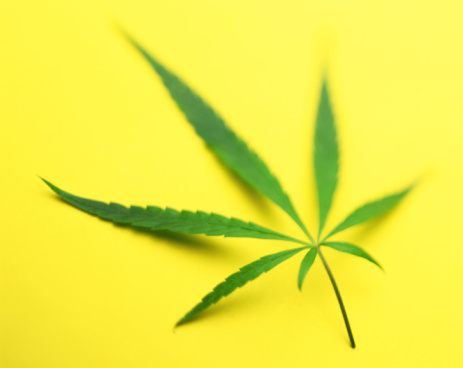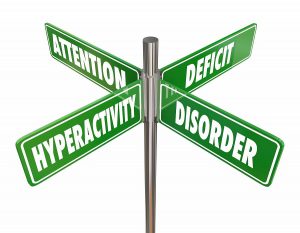 After decades of debating marijuana legislation, it is finally legal to purchase marijuana in two of the lower 48 states. If you’re over 21, you don’t need a medical condition or a preexisting condition, you can simply decide you want to get high and then do it. Not surprisingly, the rest of the US (and world, frankly) has been watching like a hawk to see what changes have taken place. What got better? What got worse? It’s possible for marijuana to become a legalized commodity, but what are the ramifications?
After decades of debating marijuana legislation, it is finally legal to purchase marijuana in two of the lower 48 states. If you’re over 21, you don’t need a medical condition or a preexisting condition, you can simply decide you want to get high and then do it. Not surprisingly, the rest of the US (and world, frankly) has been watching like a hawk to see what changes have taken place. What got better? What got worse? It’s possible for marijuana to become a legalized commodity, but what are the ramifications?
Well, let’s begin with what hasn’t changed. Law enforcement officials railed against the legalization of marijuana in Colorado prior to its legalization. Their primary point was crime would increase as a result. But from 2013 to 2014, data shows that crime rates have largely stayed the same.
But some things have actually decreased as a result of marijuana legalization, one of them being that fatalities from abusing prescription medication overdoses have decreased in states in which marijuana is legal. As of 2010, 7 million Americans are using prescription pills like Vicodin and Adderall non-medically. As astounding as that is, consider this: prescription pill abuse is often a means to manage pain. And it appears that no drug is more successful at managing pain than marijuana. States that have seen the legalization of pot have also seen a 25% decrease in deaths resulting from medication overdoses.
Speaking of decreases, the unemployment rate in Fort Collins has seen a steady decline since the legalization of cannabis (a 1.3 % decrease in the first six months of 2014 alone!). This can largely be attributed to the 10 medical marijuana stores operating within the city, and the three that sell recreational marijuana.
Last among those deceasing statistics in Colorado is a very interesting trend among adolescents. Marijuana was legalized for recreational use in 2012 and sales did not begin until Jan. 1, 2014, but marijuana use among adolescents is steadily declining. Marijuana use among teens has dropped 5% since 2009. This is a trend that deserves to be re-examined after a few more years. Another statistic that looks promising but deserves ongoing speculation is the reduction in Colorado highway fatalities from 313 in 2013, to 295 in 2014. It’s a promising, but only slight, change, and we have yet to see if it’s due to marijuana consumption.
Now, let’s discuss a prominent statistic that has increased. This is the one that had a lot to do with its legalization in Colorado: tax revenue. Although the overall numbers are lower than expected, revenue on recreational marijuana has doubled in 2014 from under $15 million in January to just under $30 million in July.
On Nov. 4 in our nation’s capital, residents will vote on Initiative 71, a ballot measure that will legalize the possession of marijuana in the District of Columbia. It has some steam behind it — it’s supported by a 2-to-1 margin in the polls. It is now clear that legal marijuana can be sold in the US without immediate and dire consequences. The issue will remain murky due to the claims of proponents on both sides of the issue, but one thing is growing clear: the legalization of marijuana in the US is just beginning.
























